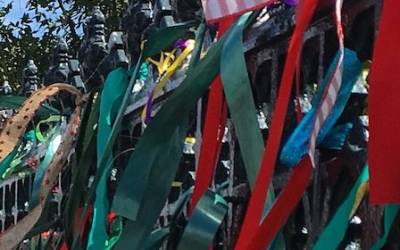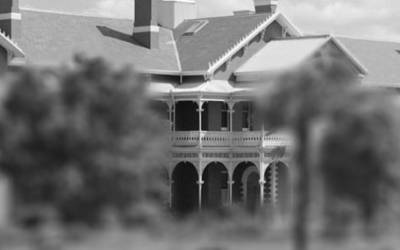Call 1800 641 743 for a free first interview. Ask about our No Win No Fee OR Expenses* fee policy.
Published: 10 January 2018
Author:
Ryan Carlisle Thomas
Identifying defendants and vicarious liability in abuse cases
The unfinished legacy of the Royal Commission
The Royal Commission into Institutional Responses to Child Sexual Abuse (“the Commission”) has forced Australia to examine its past failings of children, and in doing so has left a profound legacy.
Its final report contained 189 recommendations, some of which address the barriers to civil litigation that survivors are still confronted with.
This blog addresses several such barriers including the problem of identifying defendants to sue, and the issue of vicarious liability.
Before the Royal Commission commenced five years ago, survivors of institutional child abuse faced significant barriers to accessing justice. Barriers such as technical legal defences and short limitation periods prevented many survivors from seeking civil remedies for the abuse perpetrated against them.
While limitation periods in relation to child sexual abuse have been abolished in Victoria, many barriers still exist for survivors seeking civil remedies for the wrongs committed against them.
For example, survivors continue to face legal difficulties identifying a defendant and establishing liability.
Identifying defendants
In circumstances where institutions such as churches argue that they do not have a corporate legal identity that can be sued because they operate as a trust, claimants can face considerable difficulty bringing a civil claim against them.
While some religious organisations have now publicly committed to identifying an appropriate defendant, it is our experience that in many cases our request for such identification is met with resistance. Defendants have at times asked our office to justify the premise of the claims before being willing to provide confirmation of the relevant entity.
Vicarious liability
A claimant may also have difficulty establishing that an institution is liable for the wrongdoing of its employees or members.
The concept of whether an institution is responsible for the actions of its employees or members is called vicarious liability. Unfortunately, the law surrounding vicarious liability for the abuse of children by a member or employee of an institution is unsettled in Australia.
Recommendations to break down barriers to justice
A number of the recommendations handed down by the Commission addressed the barriers to justice many survivors still face when pursuing civil litigation for the harm suffered by them in institutions, for example:
- that legislation should be introduced to allow a survivor to sue a property trust where the property trust has sufficient assets to meet any liability arising from proceedings (recommendation 94); and
- that legislation should be introduced to impose a non-delegable duty on for-profit residential facilities that provide services, care, and supervision of children, and to make such institutions liable for institutional child sexual abuse by persons associated with the institution unless the institution proves it took reasonable steps to prevent the abuse. (recommendations 89 – 93).
Looking forward - there is still work to do
The Commission has further recommended a clear avenue for survivors to obtain effective redress. And while the Commonwealth Government has committed to a redress scheme, not all states and institutions have agreed to participate.
The legacy of the Commission and tireless work of survivors and advocates must serve as a reminder that history cannot be repeated, and we must continue to strive for better. So long as unnecessary and re-traumatising barriers to justice continue to exist for survivors, there is still work to do.
Categories Royal Commission, Sexual Abuse, Institutional Abuse
Call 1800 641 743 to be connected to your nearest office, find an office near you on our office locations map, or email us using the form below and we will contact you on the same or next business day.
* Required Field


